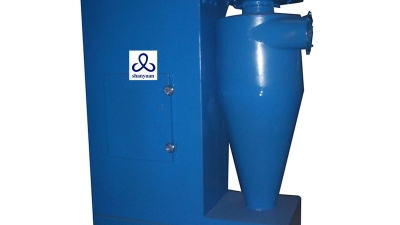Future Trends in Cyclone Dust Collector Manufacturing Industry for 2025 Insights and Predictions
Table of Contents
- Future Innovations in Cyclone Dust Collector Design and Functionality
- Emerging Technologies Impacting the Cyclone Dust Collector Manufacturing Sector
- Sustainability and Environmental Considerations in Future Cyclone Designs
- Market Growth Predictions for Cyclone Dust Collectors in Global Markets
- The Role of Digitalization and Smart Manufacturing in the Dust Collector Industry
- Challenges and Opportunities in the Competitive Landscape of Cyclone Collectors
- Maximizing Workplace Efficiency: Insights from Industry Reports on Cyclone Dust Collector Performance
- FAQS
- Related Posts
As the manufacturing world keeps changing, cyclone dust collector makers are gearing up for some pretty big trends heading into 2025 — trends that are set to shake things up in a big way. With stricter environmental rules around the globe and everyone really pushing for sustainability, companies need to get creative and innovative to keep up with the growing demand for efficient dust collection solutions. Take Shanghai Jiongcheng Industrial Co., Ltd., for example; they’re really leading the charge here. Not only do they provide essential lubrication solutions for high-performance stuff like compressors and vacuum pumps, but they’re also making sure their tech evolves to meet what the dust collection industry actually needs. In this blog, I’ll dive into what’s coming in the cyclone dust collector market, from new materials and efficiency upgrades to the rise of smart tech. It’s packed with insights for anyone trying to stay ahead in this fast-moving industry.
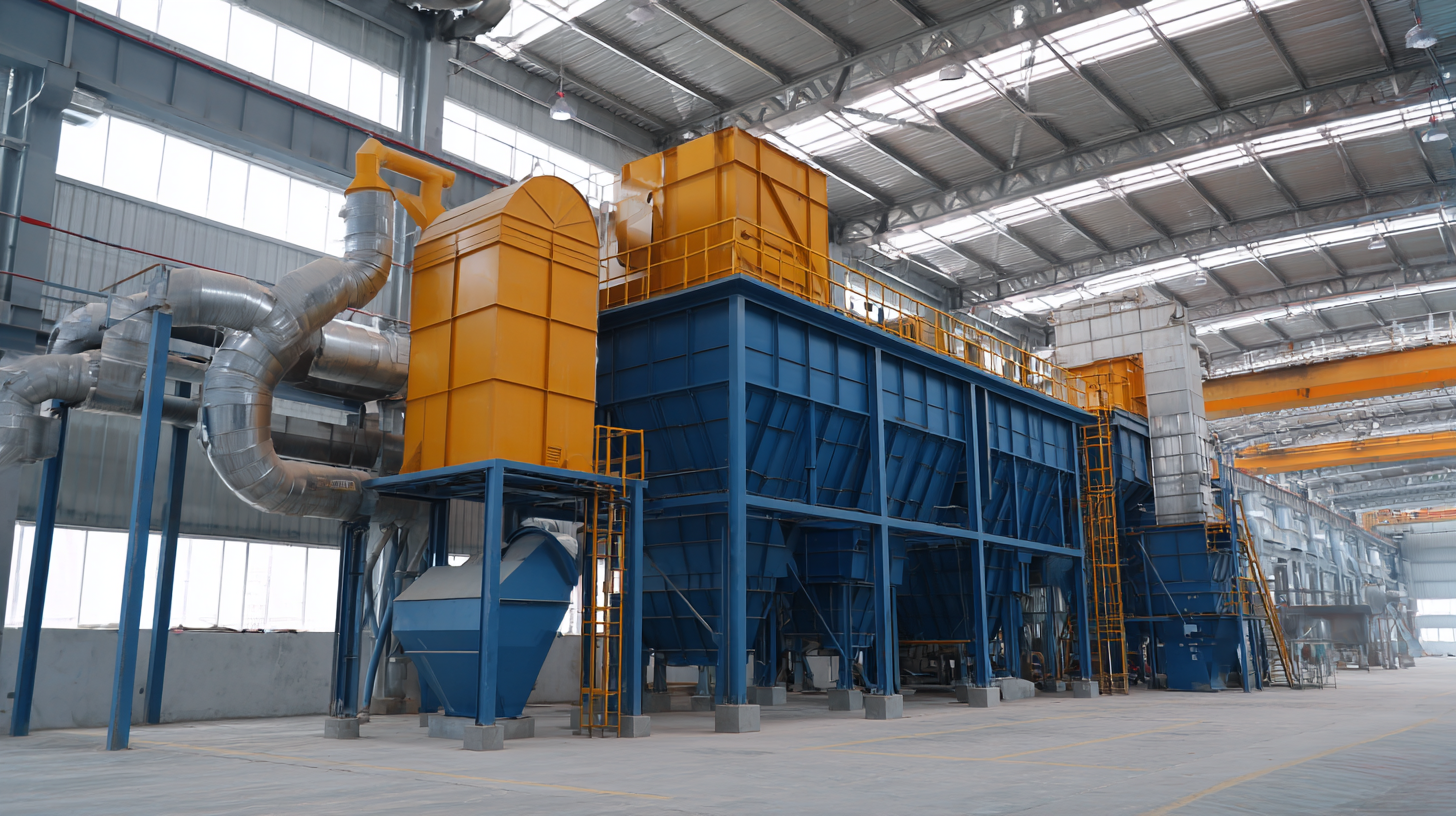
Future Innovations in Cyclone Dust Collector Design and Functionality
So, it looks like the cyclone dust collector industry is on the brink of some pretty exciting changes by 2025. Manufacturers are really stepping up their game, focusing on making these systems not just more efficient but also smaller and easier to use. With all the new environmental rules popping up, everyone’s trying to develop cleaner, smarter industrial solutions.
Thanks to new materials and some clever engineering tricks, today’s cyclone dust collectors are better at catching dust and can handle rougher conditions without breaking a sweat. It’s crucial because different industries — from construction sites to food processing plants — all need reliable dust removal.
And here’s the coolest part: smart tech is about to shake things up. Imagine sensors hooked up to the internet (you know, IoT stuff), giving real-time updates on how much dust there is or how well the machine is running. That means operators can tweak things on the fly, cut down on maintenance costs, and keep things running smoothly. Plus, by digging into all that data, manufacturers can improve their designs more quickly, based on actual user feedback and real-world performance.
All in all, the future of cyclone dust collectors is all about being more sustainable, efficient, and user-friendly — making our work environments cleaner and safer, no doubt about it.
Emerging Technologies Impacting the Cyclone Dust Collector Manufacturing Sector
Looking ahead to 2025, the cyclone dust collector industry is really gearing up to take advantage of some pretty exciting new tech that's gonna shake up how stuff's made and boost efficiency. One of the coolest things coming soon is digital twin tech — basically, creating a virtual version of your cyclone systems. This means manufacturers can keep an eye on everything in real-time and even predict maintenance needs before things break down. It’s like having a crystal ball that shows you how your system’s running, so you can tweak the design and test different scenarios before actually building anything. It just makes the whole process smoother and helps get things done faster.
Plus, with the rise of smart manufacturing and IoT, data analytics in this field are about to get a huge upgrade. These tech advancements will let companies gather tons of operational info and analyze it deeply. That means better insights into how airflow and filtration are working, leading to designs that actually perform better. All in all, these innovations are not only set to cut production costs but also put the industry on a greener path, making dust collection both more effective and eco-friendly. It’s an exciting time for the sector, no doubt!
Sustainability and Environmental Considerations in Future Cyclone Designs
You know, as the cyclone dust collector industry keeps evolving, stuff like sustainability and caring for the environment are really taking center stage in designing future systems. Companies are now all about cutting down on energy use, choosing greener materials, and making these systems more efficient overall. By bringing in new tech—think smart sensors and automation—they can waste less material and do a better job at catching dust particles, which means they’re also shrinking their carbon footprint.
Plus, with tougher regulations and folks paying more attention to environmental issues, companies feel the push to get more innovative. The future of cyclone dust collectors isn’t just about top-notch performance anymore; it’s also about how these systems impact the planet over their entire life cycle. That includes designing them so they're easier to maintain and recycle once they’re past their prime. Using natural, recyclable materials in their build can seriously lighten the environmental load. As all these trends grow, the industry is heading towards more eco-friendly practices, paving the way for a greener, cleaner future in dust management. Pretty exciting, right?
Future Trends in Cyclone Dust Collector Manufacturing Industry for 2025 Insights and Predictions
| Dimension | 2023 Data | 2025 Prediction | Sustainability Focus |
|---|---|---|---|
| Market Growth Rate | 5% | 7% | Increase use of recycled materials |
| Energy Efficiency Improvements | 40% | 55% | Innovative fan designs for lower power use |
| Adoption of Smart Technology | 20% | 45% | Integration of IoT for monitoring |
| Emission Reduction Targets | 80% | 90% | Advanced filtration materials |
| Regulatory Compliance | Medium | High | Stricter environmental regulations |
Market Growth Predictions for Cyclone Dust Collectors in Global Markets
Looking ahead to 2025, it’s pretty clear that the global market for cyclone dust collectors is on track for some serious growth. Just recently, Technavio released a report predicting that the worldwide market for dust collection systems—you know, including cyclone collectors—could grow by about 1.6 billion US dollars between 2021 and 2025. That’s at a compound annual growth rate (or CAGR) of over 5%. The main drivers? Well, there’s a rising push for better industrial air quality, along with tighter environmental rules that basically favor more efficient dust collection solutions.
What’s really exciting is how technology in cyclone dust collectors is improving. We’re seeing better performance, all while the operational costs are coming down. There's a clear focus on energy efficiency and sustainable manufacturing, which is probably going to spark even more innovation in this space. According to MarketsandMarkets, the market for industrial air filtration systems—including cyclone dust collectors—is expected to hit around 8.1 billion dollars by 2025. That growth is mainly driven by companies becoming more aware of workplace safety and the need to meet health and safety standards. Basically, as businesses aim for cleaner, safer processes, investing in high-efficiency cyclone dust collectors will become even more important—not just for staying compliant, but also for running a smooth operation in the long run.
Future Trends in Cyclone Dust Collector Market (2025 Insights and Predictions)
This bar chart represents the projected market growth of the cyclone dust collector manufacturing industry from 2021 to 2025. The data illustrates a steady increase in market revenue, with an expected growth from USD 150 million in 2021 to USD 300 million by 2025. This trend highlights the rising demand and adoption of cyclone dust collectors in various industries globally.
The Role of Digitalization and Smart Manufacturing in the Dust Collector Industry
You know, as the cyclone dust collector industry keeps evolving, one of the biggest game-changers right now is how digital tech and smart manufacturing are really taking center stage. I came across this recent report from MarketsandMarkets that said the worldwide market for smart manufacturing is expected to hit around $520 billion by 2025. That's pretty impressive, and it’s mainly because companies are pushing harder for automation and better data exchange in their manufacturing setups. This huge growth really highlights how digital solutions are going to be a crucial part of making dust collection processes more efficient and effective.
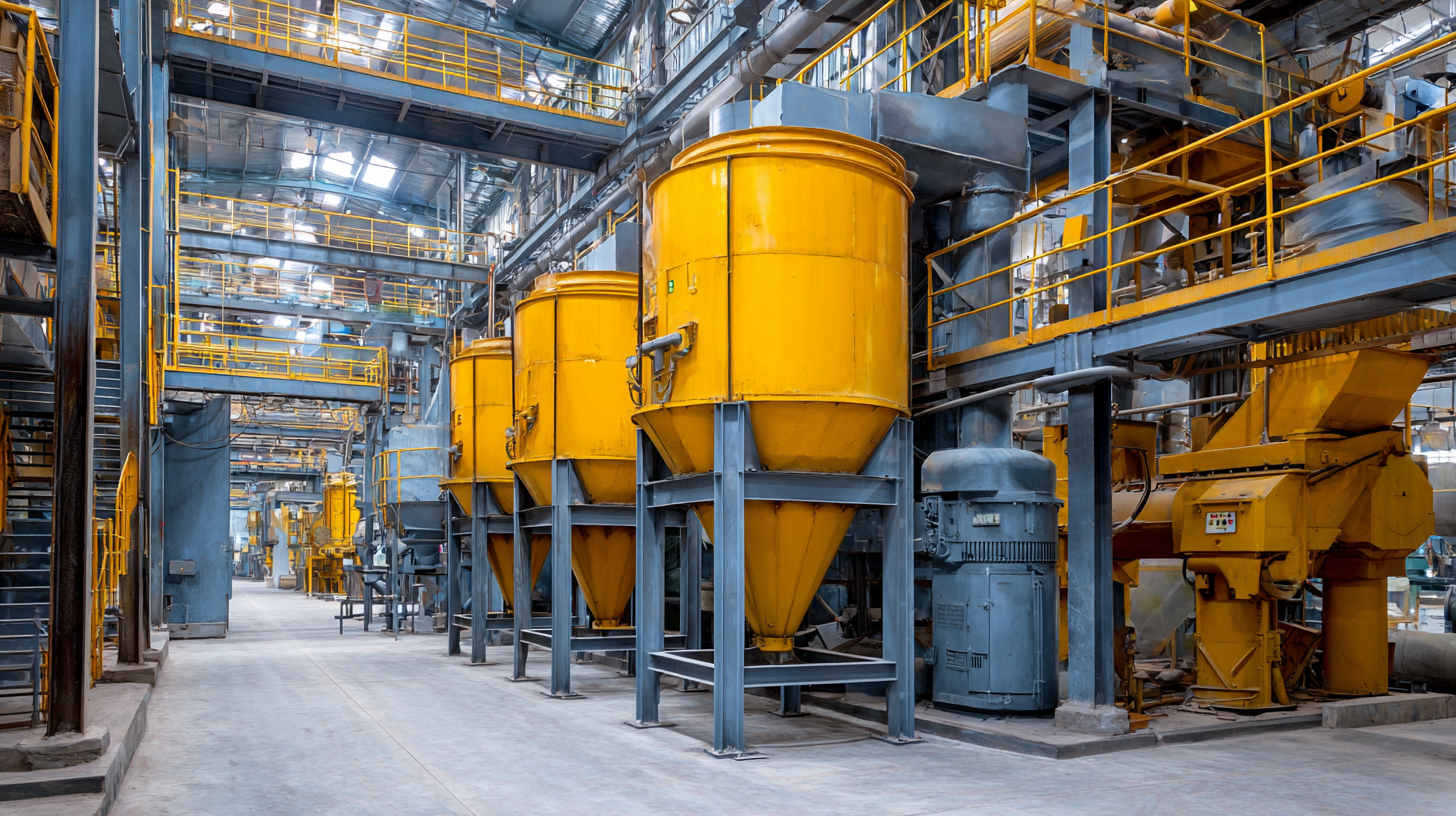
What’s even more interesting is how going digital doesn’t just make things run smoother — it also allows for things like real-time monitoring and predictive maintenance. Experts say that with predictive maintenance, businesses can cut down on unexpected downtime by up to half, which can save a lot of money and help operations run more seamlessly. Plus, with IoT-enabled devices, equipment can talk to each other more effortlessly, giving manufacturers better data analysis and helping them tweak their systems for better performance. As these technologies become more affordable and widespread, I truly believe we’re about to see a real transformation in the cyclone dust collector industry — making it more resilient, agile, and ready to meet whatever the market throws at it.
Challenges and Opportunities in the Competitive Landscape of Cyclone Collectors
So, the cyclone dust collector industry is changing pretty fast right now. It’s mainly driven by tighter regulations and all the cool tech coming out. I came across a recent report from Research and Markets that said the global market for these dust collectors should grow at about 4.5% annually from 2023 to 2028, hitting around $1.2 billion. That’s a pretty decent jump! Of course, this brings both hurdles and chances for the companies in the game. They’re caught between needing to upgrade their old setups and coming up with fresh, new designs that meet the stricter emissions standards.
One of the tricky parts is figuring out how to get smart tech into these cyclone collectors. With Industry 4.0 gaining ground, more manufacturers are trying to use IoT systems that boost efficiency and give real-time data. But let’s be honest, jumping into these new tech waters isn’t cheap — it means investing big in R&D and training staff. Still, those who can pull it off could really stand out, leading the pack with better, greener dust collection solutions. Experts are saying that if a company focuses on innovative tech without breaking the bank, they’re gonna have a real edge in this competitive scene.
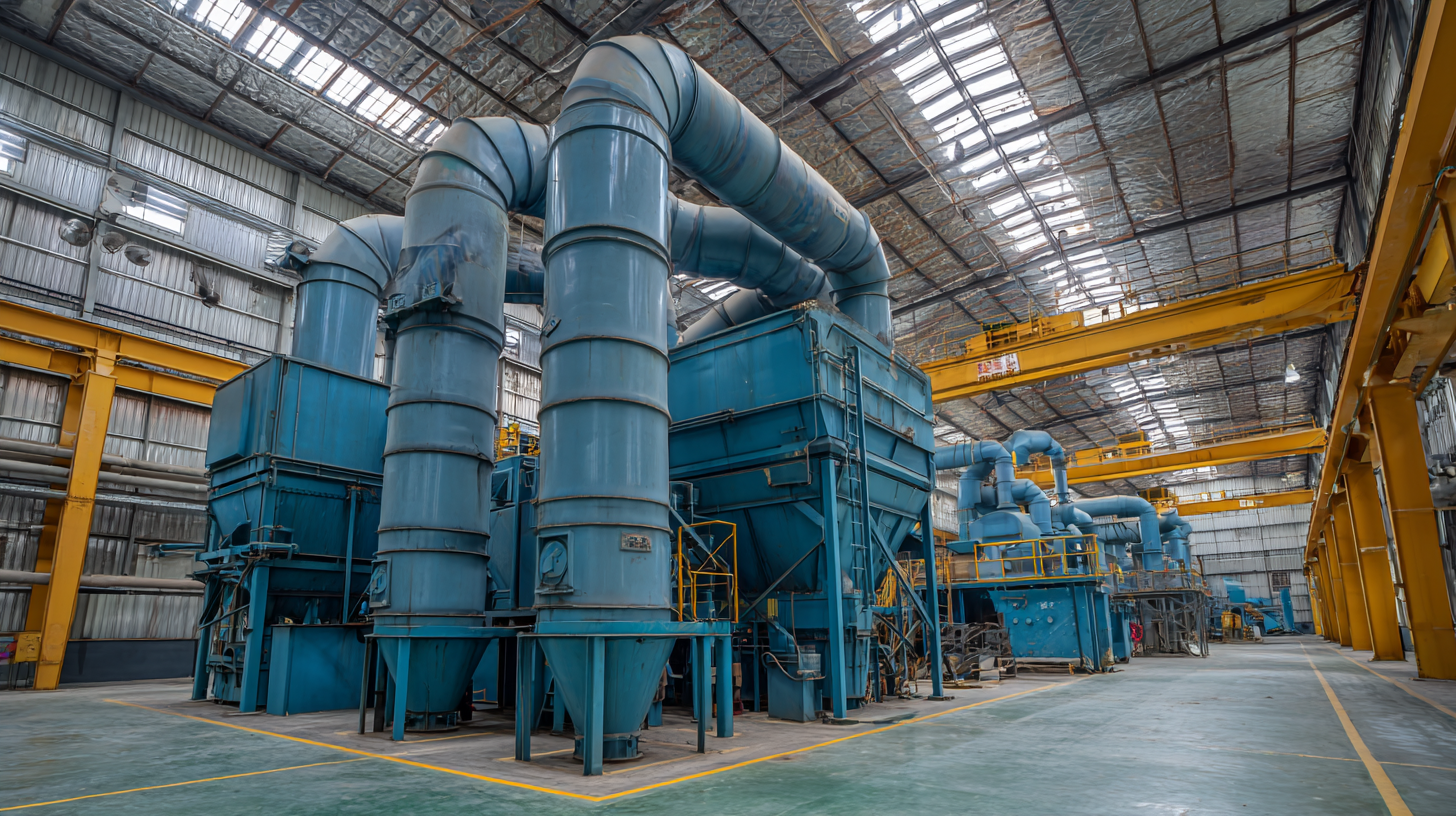
Maximizing Workplace Efficiency: Insights from Industry Reports on Cyclone Dust Collector Performance
In the quest for maximizing workplace efficiency, understanding the performance of cyclone dust collectors is critical. Cyclone dust collectors are an essential device in various industries, adeptly utilizing centrifugal force to separate dust particles from the gas generated during production processes. By effectively trapping particulate matter, these collectors not only maintain a cleaner environment but also enhance the overall air quality within the workspace.
Recent industry reports emphasize that the efficiency of a cyclone dust collector significantly impacts operational productivity. As these devices function through the rotating motion of dust-laden air, they create a force that effectively dislodges and captures dust particles. This capability is particularly important in workplaces where maintaining air quality is paramount for employee health and safety. Moreover, an efficient cyclone dust collector can minimize downtime that often arises from equipment maintenance or environmental safety concerns, thereby streamlining processes and contributing to a more productive work environment.
Investing in high-quality cyclone dust collectors can lead to substantial improvements in workplace efficiency. With advanced designs featuring increased airflow capacity and enhanced dust separation capabilities, modern cyclone collectors ensure that businesses are not only compliant with safety regulations but are also operating at optimal levels. As industries continue to focus on sustainable practices and efficiency, the role of cyclone dust collectors becomes even more pronounced, solidifying their place as a vital component in modern industrial operations.
FAQS
: Emerging technologies such as digital twin technology, IoT (Internet of Things), and smart manufacturing are significantly impacting the cyclone dust collector manufacturing sector by improving production processes, enhancing efficiency, and enabling real-time monitoring.
Digital twin technology allows manufacturers to create a virtual replica of cyclone systems, facilitating real-time monitoring, predictive maintenance, and the ability to fine-tune designs before physical implementation, which optimizes performance and minimizes downtime.
Data analytics, aided by smart manufacturing and IoT, enables the collection and analysis of operational data, leading to improvements in airflow dynamics and filtration efficiency, ultimately resulting in more effective dust collection solutions.
Sustainability and environmental considerations are increasingly influencing cyclone designs by focusing on minimizing energy consumption, utilizing eco-friendly materials, and enhancing overall system efficiency to reduce waste and carbon footprints.
Regulatory pressures and growing public awareness regarding environmental issues are compelling companies to innovate, leading to designs that prioritize performance and lifecycle impacts, including easier maintenance and recyclability.
The global smart manufacturing market is projected to reach $520 billion by 2025, driven by increasing demand for automation and data exchange in manufacturing technologies.
Predictive maintenance can reduce unplanned downtime by up to 50%, leading to significant cost savings and enhanced operational efficiency in the dust collector industry.
IoT-enabled devices enhance seamless communication between equipment, improving data analysis and enabling manufacturers to optimize their systems for better performance.
The cyclone dust collector sector is expected to shift towards more sustainable practices that include using natural and recyclable materials, reducing environmental burdens, and focusing on lifecycle impacts in design.
Advanced technologies, like smart sensors and automation, can significantly reduce energy consumption and waste in cyclone designs, ultimately fostering a more environmentally sustainable approach in dust management solutions.
Related Posts
-
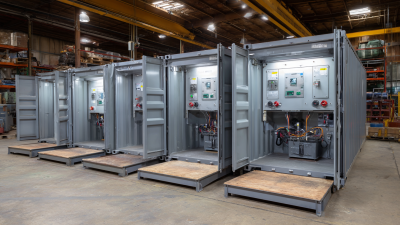
Choosing the Right Manufacturer for Best Micro Air Dust Collectors and Key Features to Compare
-

Top Strategies for Selecting the Best Reliant Dust Collector A Guide for Global Buyers
-

2025 Trends in Woodworking: The Ultimate Comparison of the Best Miter Saw Dust Collectors
-

Advantages of Using the Best Reliant Dust Collector 720 for Your Manufacturing Needs
-

Unlocking Premium Quality: Discover the Best Kuvaldaru Cart Price from China's Leading Manufacturer
-

Understanding the Best Benchtop Dust Collector: Key Features and Industry Insights

